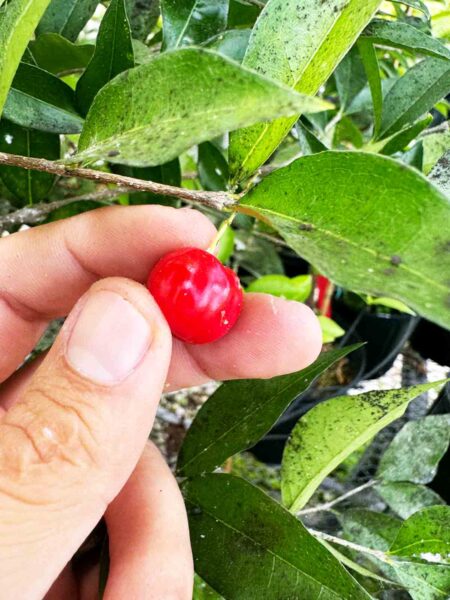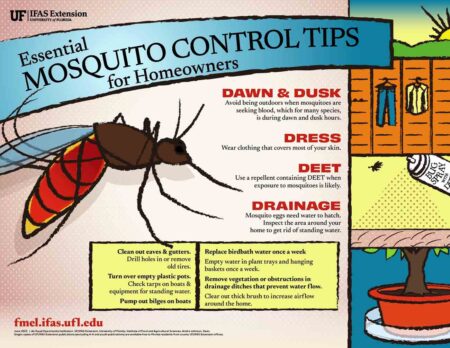Mole crickets can be active in lawns spring through fall. But the best window of opportunity to control them is in June and July.
Mole crickets, chinch bugs and spittlebugs are common lawn insect pests to watch for this time of year.
Mole crickets can be active in lawns spring through fall. But the best window of opportunity to control them is in June and July.
Soap flush is a technique to survey for mole crickets. Mix two ounces of liquid dishwashing soap in two gallons of water and apply with a sprinkling can to four square feet of turf in several areas where mole crickets are suspected. If an average of two to four mole crickets appears on the surface within three minutes, then a treatment is probably needed.
Chinch bugs only damage St. Augustinegrass. So if your lawn grass is something other than St. Augustine, don’t worry about this insect.
About the earliest you’ll see chinch bug damage is in April. But they are more likely to be found in sunny areas of the yard during warmer summer months through fall, particularly if it’s dry.
Inspect a St. Augustinegrass weekly during spring, summer and fall. Look for areas that quickly turn yellow and then straw brown. Part the grass at the margin of the yellowed areas and closely examine the soil surface and base of the turf for tiny insects. Immature chinch bugs are pink to red and are about the size of a pinhead. The adults are only 1/8 inch long and black with white wings.
Spittlebugs attack all turfgrass species but centipedegrass is their favorite. The first generation of adult spittlebugs is abundant in June and the peak population is usually in August to early September.
An early sign of spittlebug activity are masses of white, frothy spittle found in the turf. Each piece of spittle contains one immature spittlebug. Infested turf turns yellow and eventually brown. Damage resembles chinch bug injury but usually first appears in shady areas. Closer inspection reveals discolored individual grass blades with cream colored and pinkish-purple streaks running the length of individual blades. As the population builds, the ¼ inch long adults are abundant. As you walk through or mow an infested area, numerous adult spittlebugs fly short distances when disturbed. Adults are black with two orange transverse stripes across their wings.
Correct lawn management can minimize many pest problems. If a pesticide becomes necessary to control a lawn pest, be sure to follow the product’s label instructions and precautions.
Larry Williams is the Extension horticulture agent with the Okaloosa County Cooperative Extension Service, University of Florida. Contact Larry at 689-5850 or email lwilliams@myokaloosa.com.







